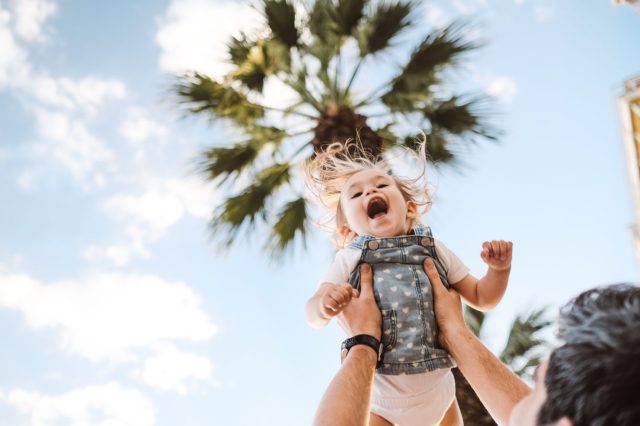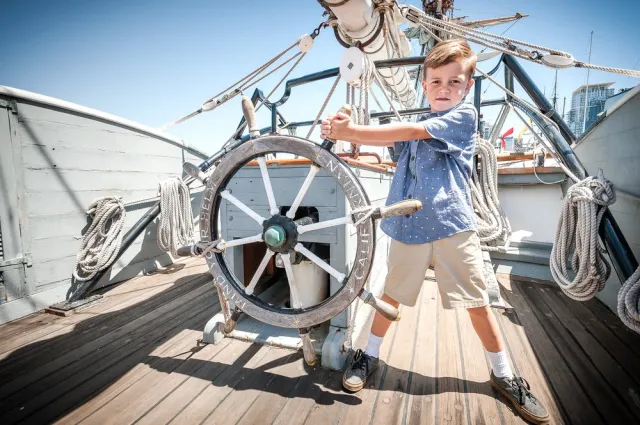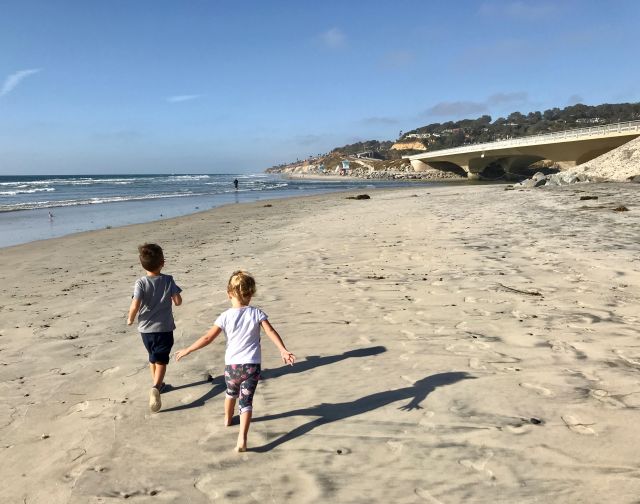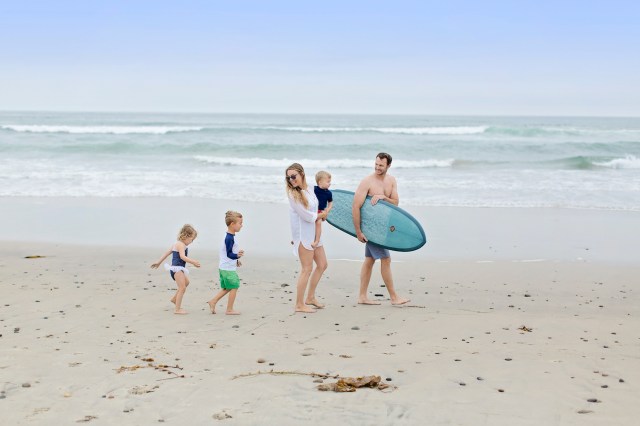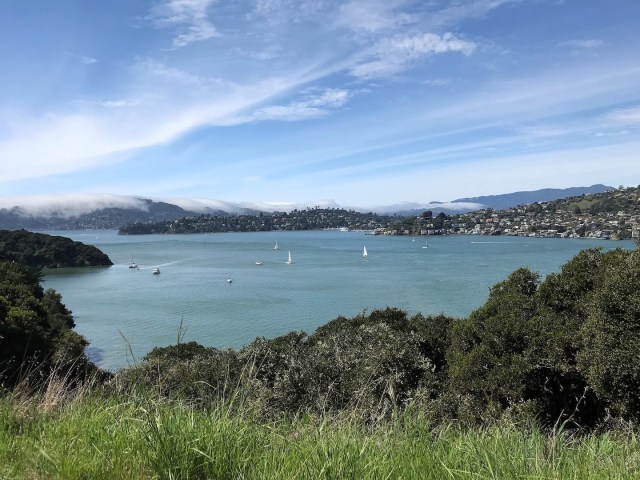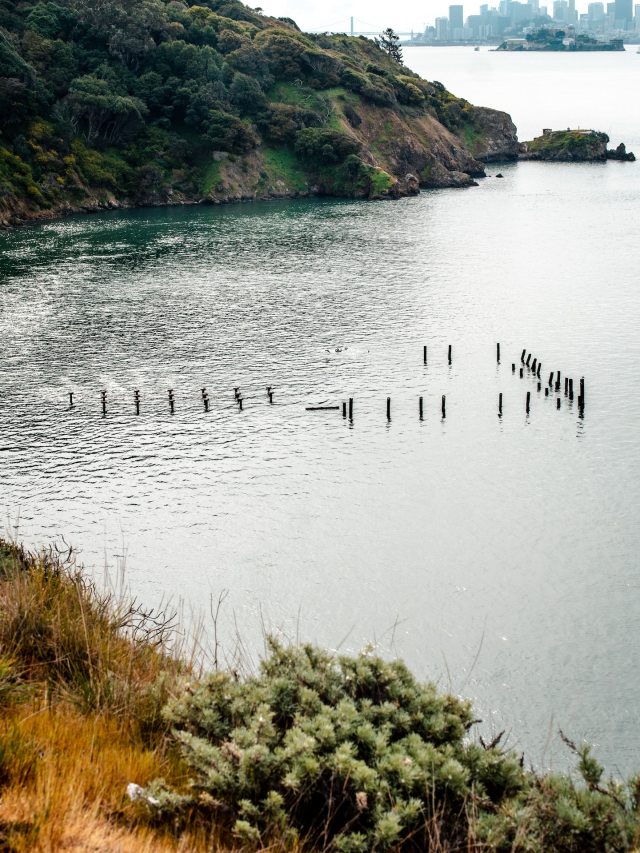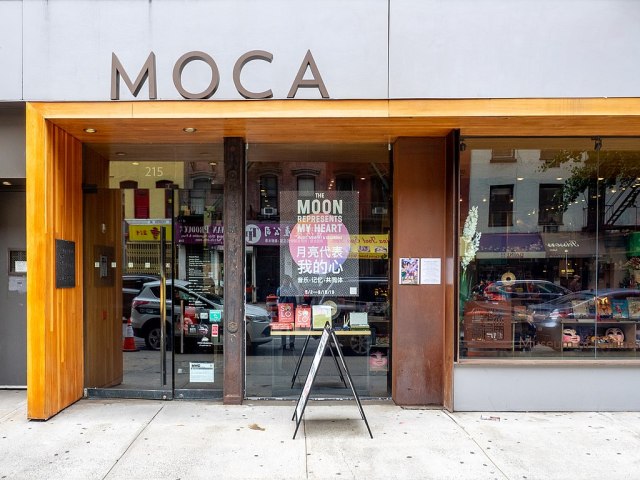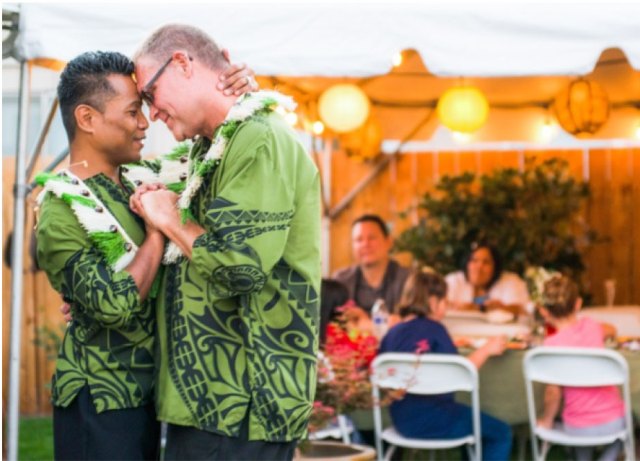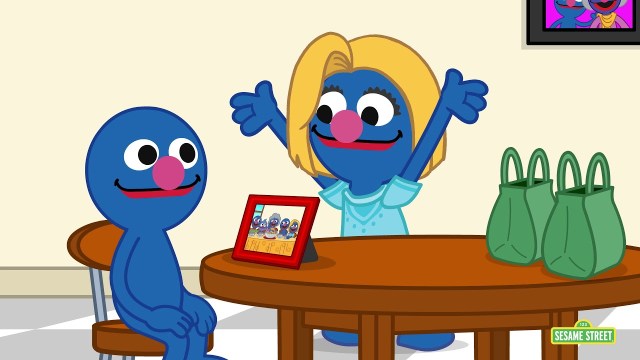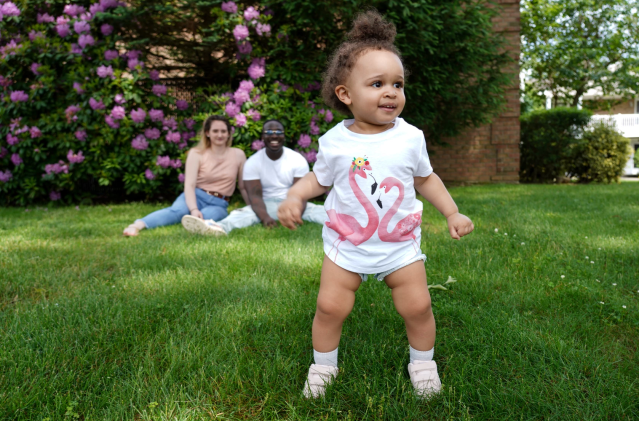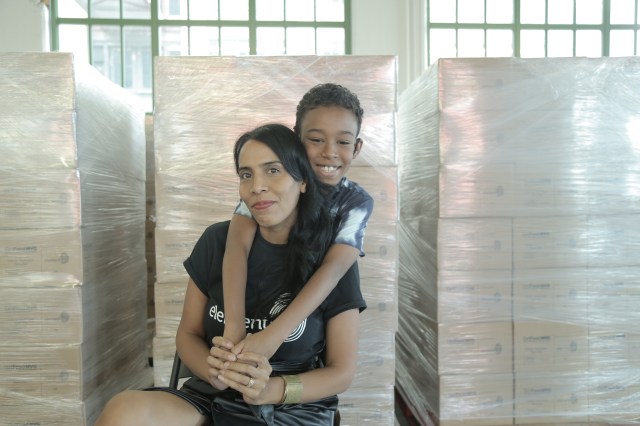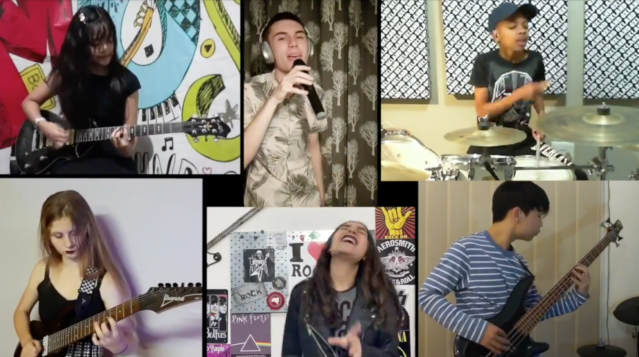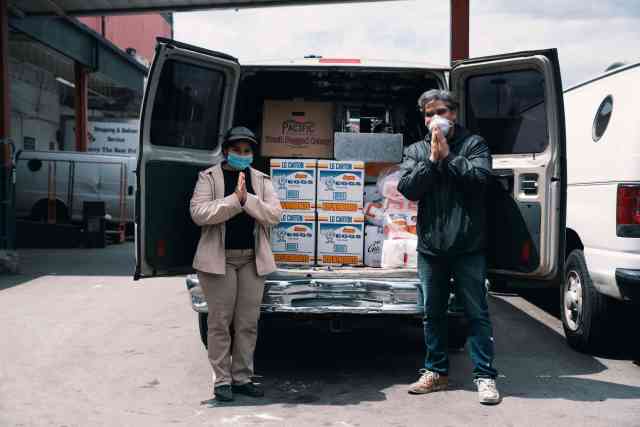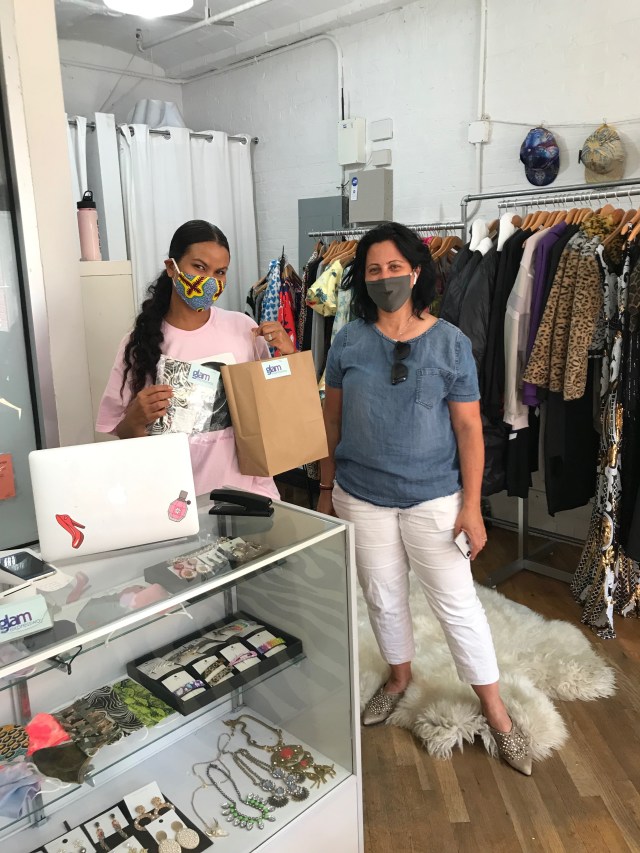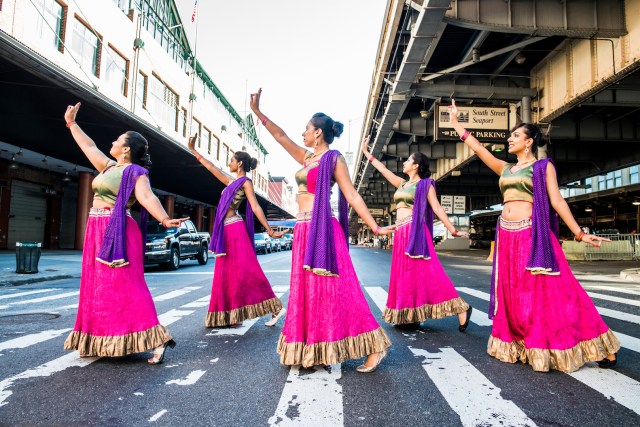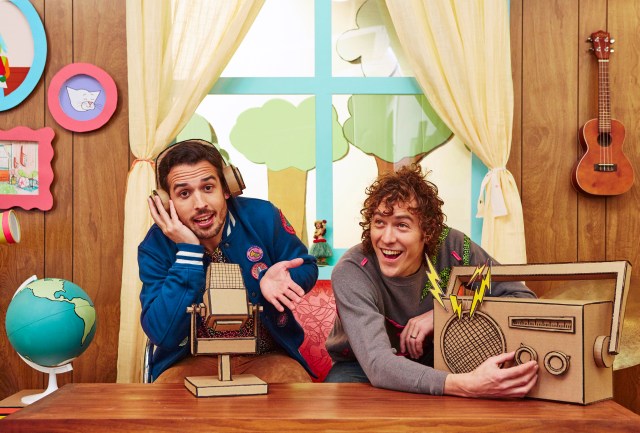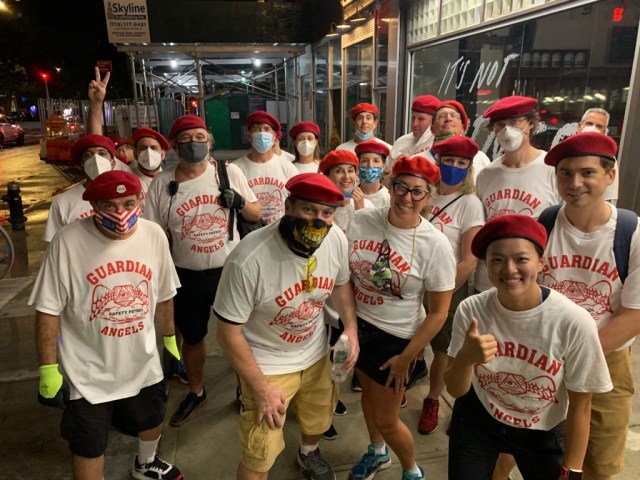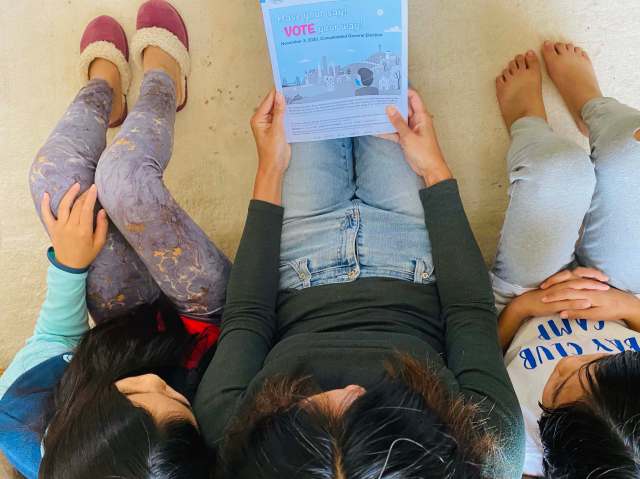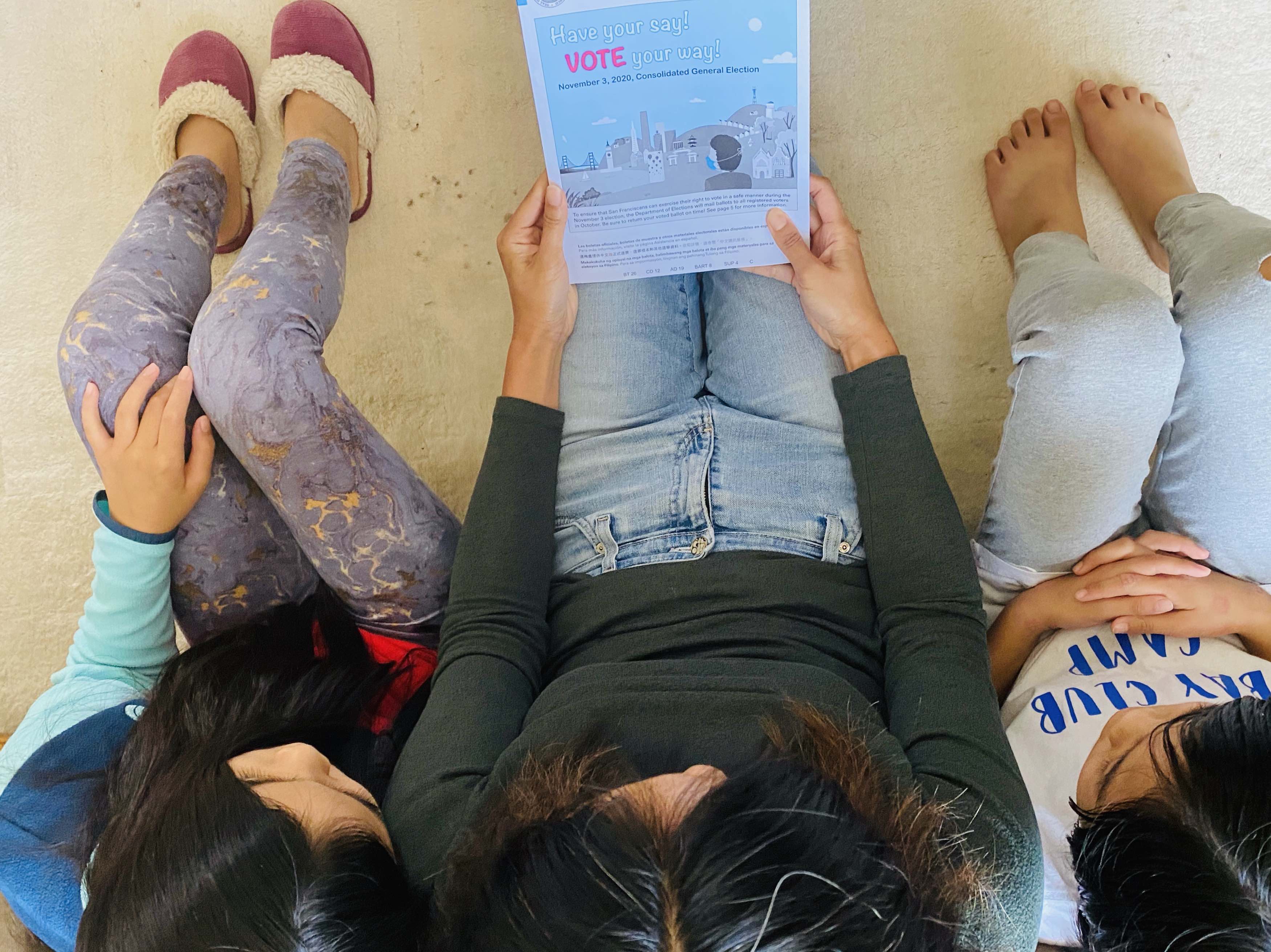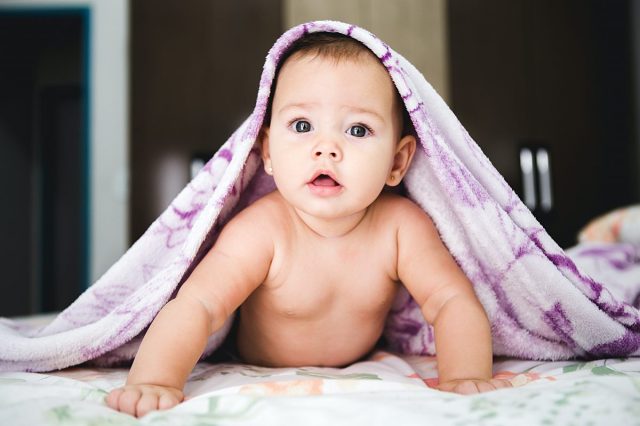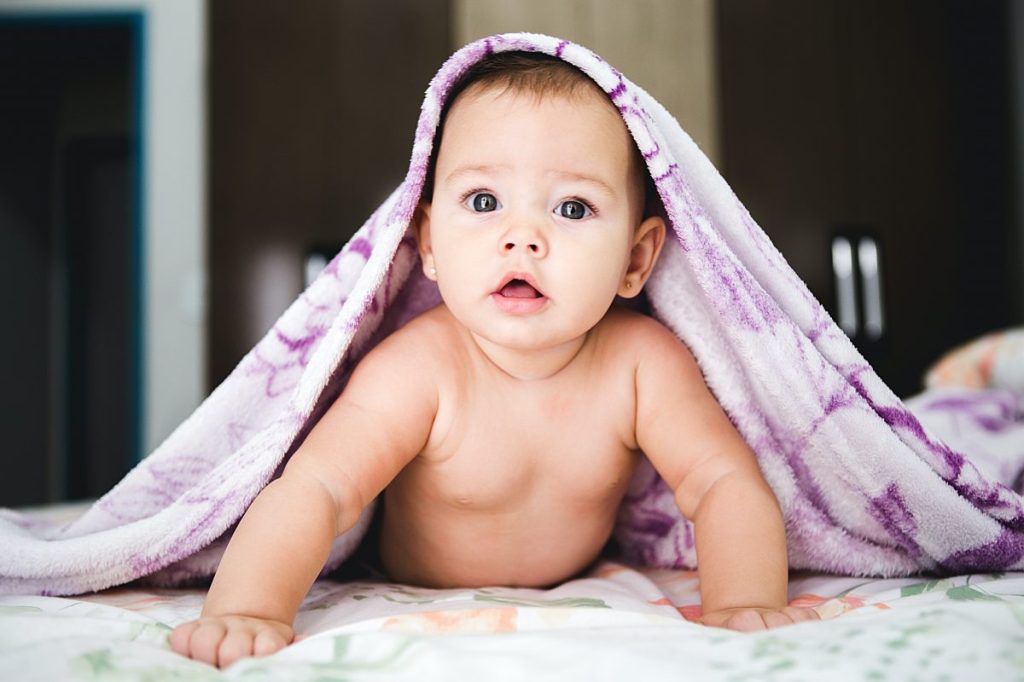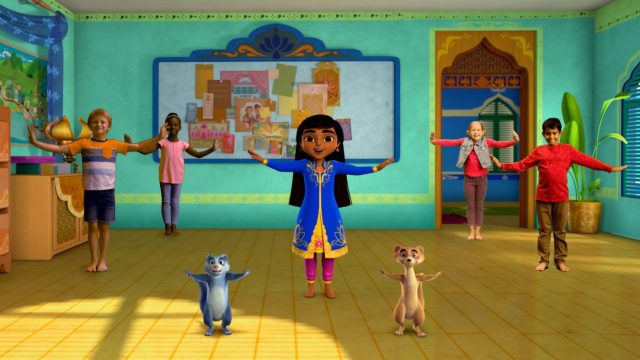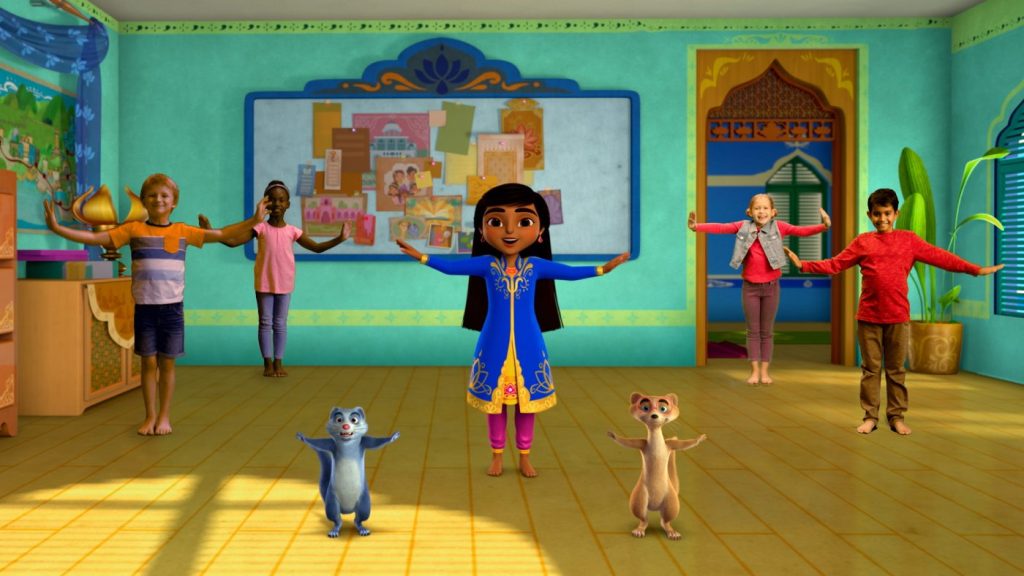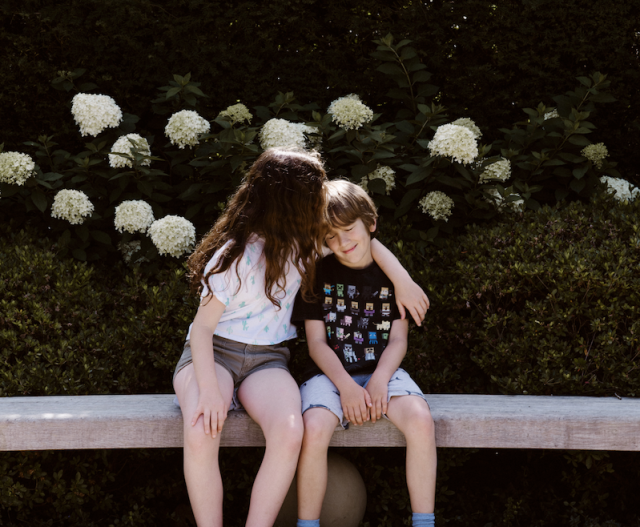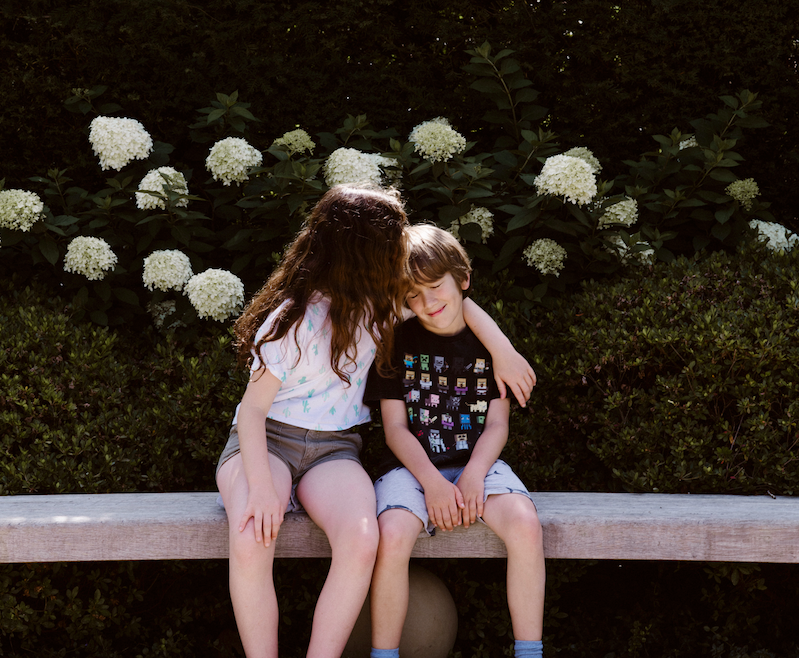Hoping to find an in-person after-school program for fall 2021 that’s outdoors? We found NYC after-school programs and classes that are outside as well as some private small group or pod classes. Music, sports, yoga, drama, tinkering, language — you’ve got options! (P.S. hoping to do an outdoor birthday party? Click here for help planning!)
Multi-Borough
Parkour Adventure Afterschool The Movement Creative
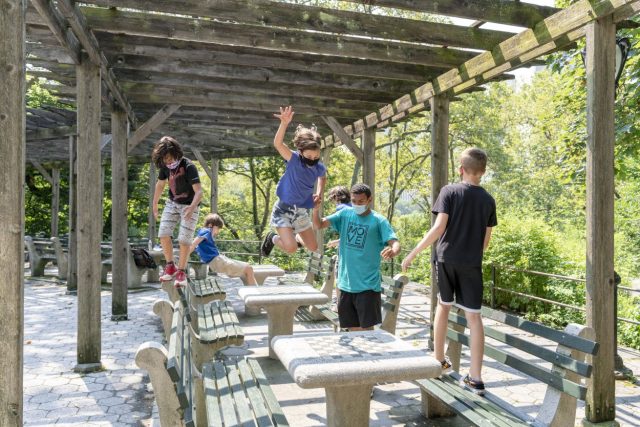
Parkour Adventure Afterschool is guaranteed to wear your kids out! Available for kids ages seven and up, this high-energy option will have your child learning climbing, swinging, safe-landing techniques, balancing, all while building up confidence and strength. Classes in Manhattan are one day a week in several neighborhoods, and Queens classes are two days a week in Jackson Heights.
Rate is $1,140/one day a week, Sept. 7- Jan. 25; $2,400/two days a week, Sept. 8-Feb. 2, with a sliding scale available.
Online: themovementcreative.com
Yogi Beans Private Pod Classes
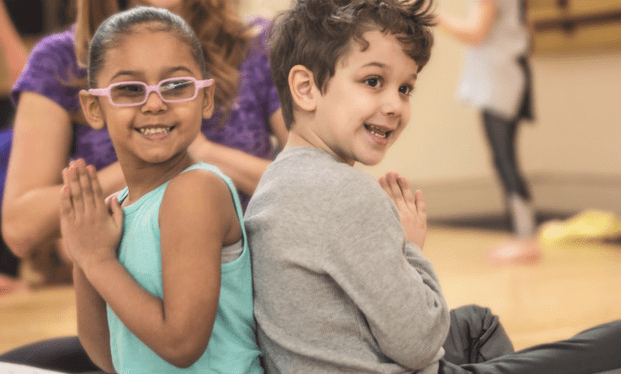
Create your own private outdoor yoga class for your pod with Yogi Beans. Pod classes are for five kids or more and can be held in Manhattan, Brooklyn or Queens. Rate is $40 per kid, per class, with classes booked in blocks of four or six weeks.
Online: yogibeans.com
Tinkergarten
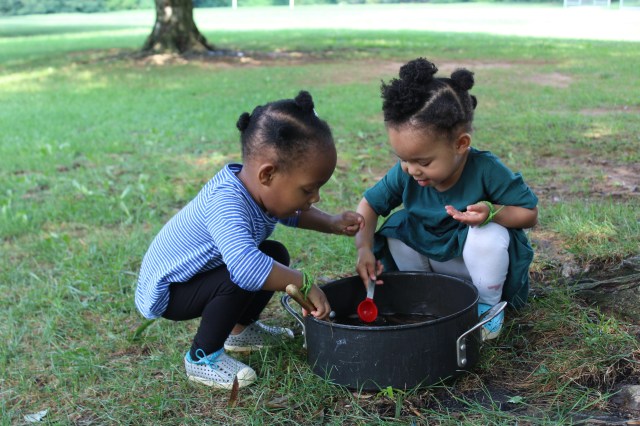
Tinkergarten offers outdoor classes for kids 18 months to 8 years old. Its play-based, outdoor curriculum is dedicated to a new theme and life skill each season. This fall is Treasure Hunt season, with a curriculum designed to engage kids in the kind of wondering, exploring, imagining, and problem-solving that helps them develop focus. (To kids, it's joyful, autumn outdoor play.)
Find Tinkergarten in Bay Ridge, Staten Island's Sunnyside, Upper West Side, Astoria and Jackson Heights.
Rate is $199/12 classes, with sessions starting September 27.
Online: tinkergarten.com
Puppetsburg
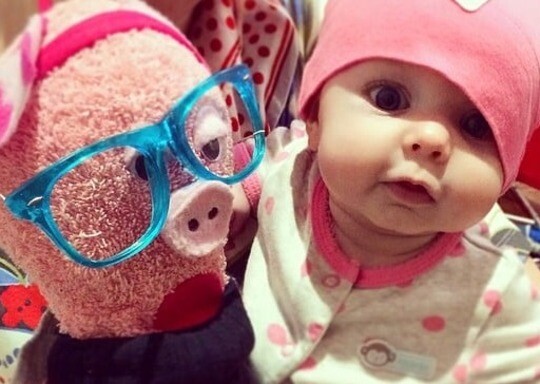
Not your ordinary puppet show, Puppetsburg brings a new theme and story each week, with special guests like Greta Thunberg and Drake! The interactive shows for kids five and under include music, movement, bubble time and more. Adult participation required.
Rate is $30/class, with sessions held in Downtown Brooklyn, Williamsburg, Bed-Stuy and the West Village.
Online: puppetsburg.com
Fiddle Foxes Music Classes
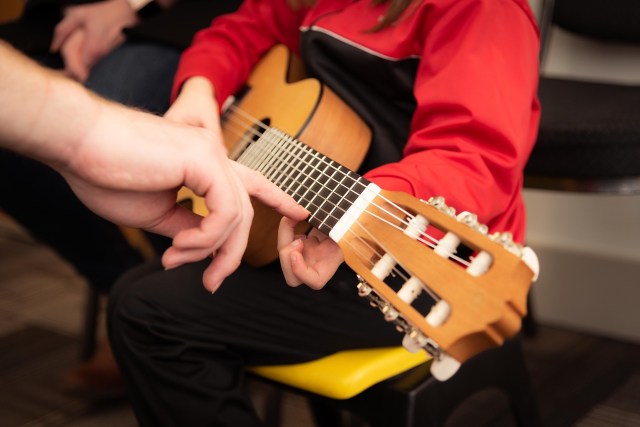
Fiddle Foxes offers music fun for the tiniest of babes to kids seven and up in Astoria Park and Central Park. For kids 3 to 5, there's Songs for Superheroes, kids K to First grade can take Continuing Music for basics of music theory, songwriting and making a music video, and kids 7 and up can take Beginner Guitar.
Drop-in rates are $25-30, and semester rates range from $180-$240 a term, which runs September 14- November 2.
Online: fiddlefoxes.com
Child's Play NY Custom Play Pods
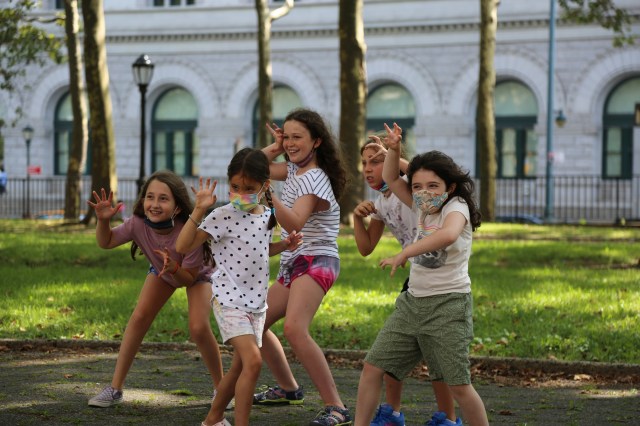
Create a dramatic play class held in a park or private outdoor space. Classes can be tailored for children ages 3 to 16 and support social-emotional growth and creativity, with peer interaction front and center. Sessions are built around a theme or content such as Improvaganza, Animal Adventures, Hogwarts School, Songwriting, Musical Mythology—or a topic you (or the kids) come up with.
Rates start at $160 for up to 5 kids.
Online: childsplayny.com
Brooklyn
KoKo NYC
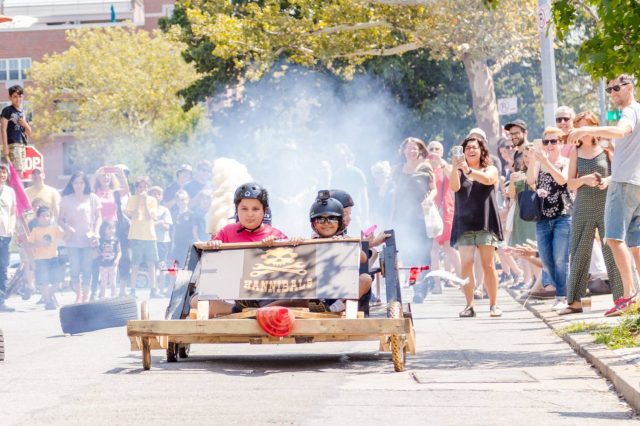
From the people who bring you the wildly popular Soap Box building camp (and derby!) comes all kinds of kids-make-it-themselves after-school options. Classes are offered for kids K-5 and tackle projects like toy-making, house-building, boat-building, inventor's lab and filmmaking. Options are held in locations throughout Brooklyn including Prospect Park, Mccarren Park and Koko NYC's workshop on 17th Street in the South Slope.
Rates are $415 and up for eight weeks, with tiered pricing available.
Online: kokonyc.org
Fantasy Frontier with New York Society of Play
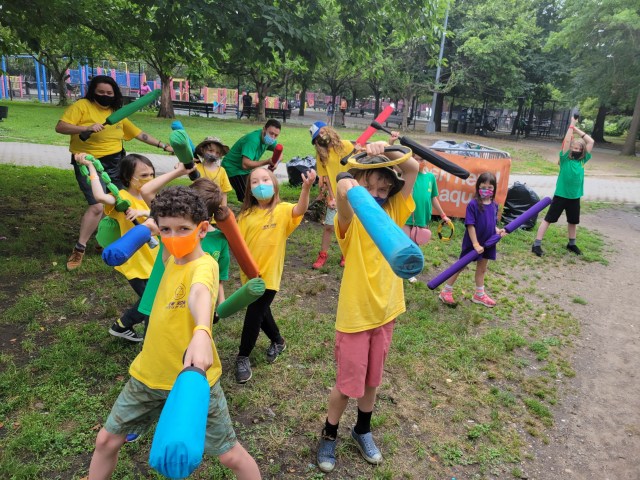
The New York Society of Play offers this one-of-a-kind Live Action Role Playing (LARP) game in Fort Greene and Williamsburg. Fantasy Frontier combines the storytelling aspect of role-playing games with the physical engagement of sports. The result?: A game that turns your child’s local park into a fantasy world filled with adventures, peril, and treasure. Player choices are highly influential—allies and enemies they make directly influence the progression of the plot! Sessions meet once a week from 3-6 p.m.
Rate is $190/month or $700 a semester.
Online: nyplays.org
Skate Yogi
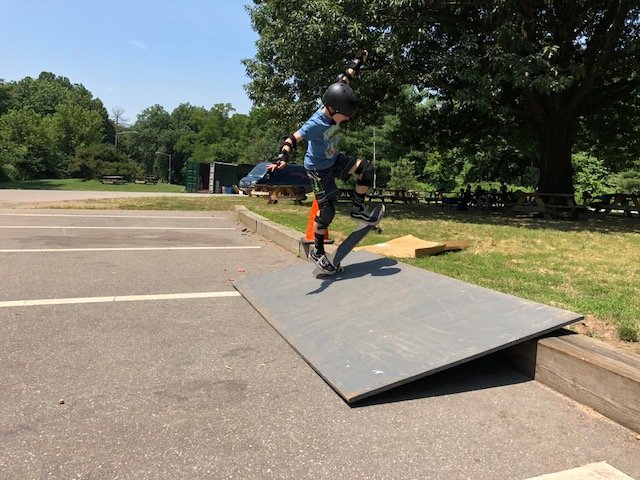
Kids ages 7-13 can build or perfect their skateboarding skills with Skate Yogi. Small group after-school classes are held at Skate Yogi in Prospect Lefferts Gardens (with the majority of sessions outside) or at Downtown Brooklyn's Golcanda Skate Park. Fall classes run from Sept. 11 - Nov. 5 and start at $330 per semester.
Online: skateyogi.com
Brooklyn Game Lab
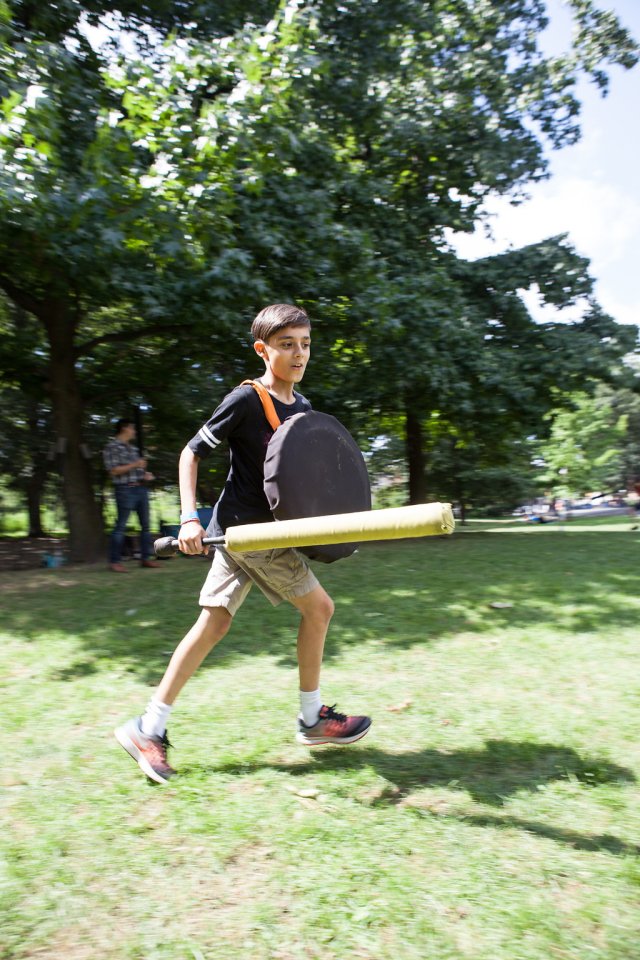
The Brooklyn Game Lab offers outdoor, indoor and online after-school programs. Outdoor fun—developed over the past year—keeps kids active and busy outside, and includes the Battle Lab, in which kids "clash" using foam swords.
Rate is $1250/for one day a week from Sept. 14-Jan. 25, 2022
Online: brooklyngamelab.com
Power Tots
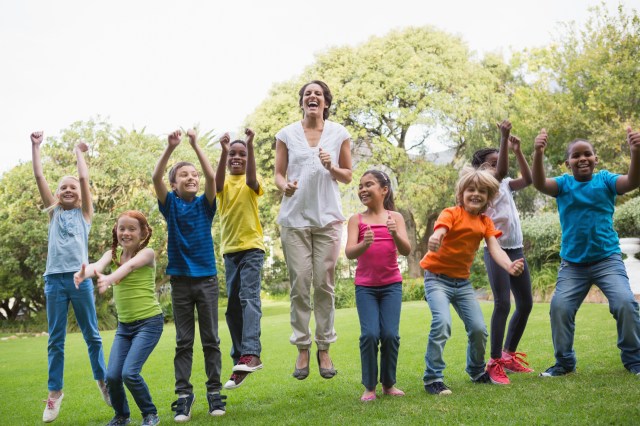
Power Tots offers gymnastics and ninja after-school classes for kids ages 4 to 8 in Prospect Park and 4 to 10 in McGolrick Park. Sessions run from mid-September to late December.
Online: powertotsinc.com
Manhattan
Adventures With Mohr's Explorers
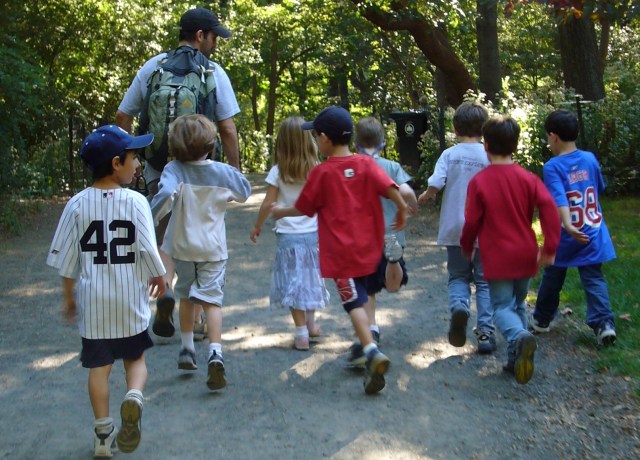
Get off the screen and into the woods! (Of Central Park.) Mohr's Explorers takes kids on educational adventures ("EDventures) in the park that include elements of fort building, back-country survival and wilderness hide-and-seek – plus original outdoor games and activities. This outdoor program for kids ages five to 12 builds confidence, while encouraging teamwork and creativity. Programs operate five days a week, and cost is $45 per child, per session, with classes running from September 13 to December 17. Drop-offs, subject to change, are at E. 79th Street, W. 81st Street, West 93rd Street and West 108th Street and the park. Click here to register.
Online: mohrs-explorers.com
Kids of Summer Sports
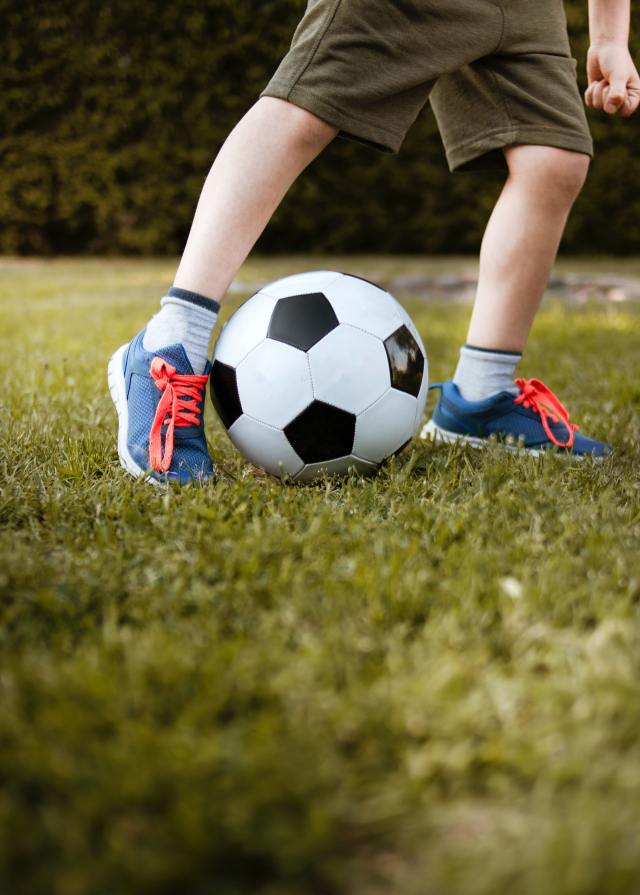
Don't let the name fool you: Kids of Summer offers after-school classes in the fall, too. Choose from basketball for ages 7 to 9 and 10 to 12, soccer for ages 4 to 7 and flag football for ages 8 to 13. Classes combine a mix of drills and gameplay and run from September 14 to November 11 on the Upper West Side.
Rates range from $295 to $375 per session.
Online: kidsofsummernyc.com
French, Spanish, Hindi with Tribeca Language
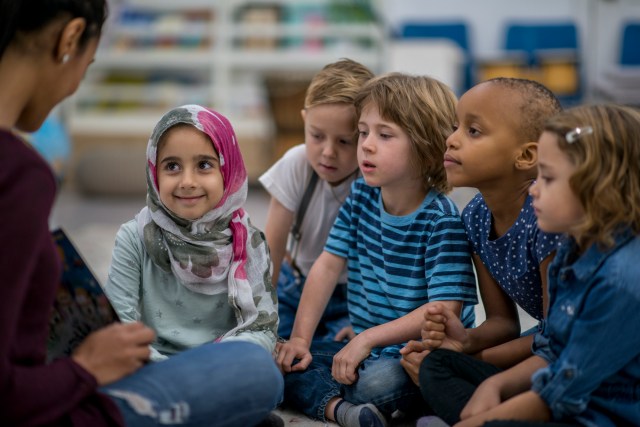
Tribeca language offers beginner and bilingual classes outdoors for kids ages 3 to 6, and 5 to 8. Classes meet in Washington Market Park with rates ranging from $245-$315. Sessions run from September 14 to October 26.
Online: tribecalanguage.com
Sure Skateboards
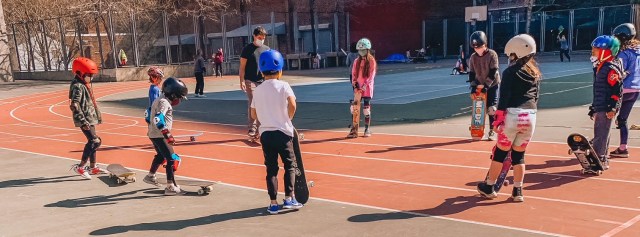
Sure Skateboards offers lessons after school on Wednesday in the West Village and Fridays at 20th Street and Second Avenue. Classes begin at 3:30 and are 1 hour long. Rate is $30 per session and classes run September 15-November 19.
Online: sureskateboards.com
Queens
After-school Garden Adventures at the Queens Botanical Garden
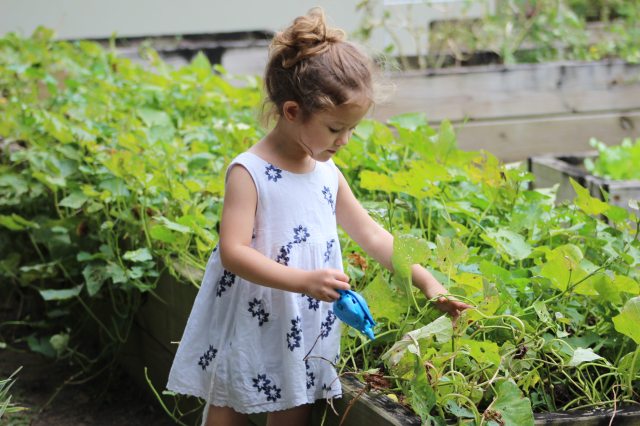
The After-school Garden Adventures program is a blend of structured and free-form exploration in the setting of the QBG. It is designed to provide children in grades 1 to 5 the support they need to express their natural curiosity. It meets twice a week from September 21 - November 18. Rate is $405 for members and $450 for non-members.
Online: queensbotanical.org
—Mimi O’Connor
RELATED STORIES:
Your September To-Do List: Free & Fun NYC Events for Kids
Top Seeds: The Best Apple Picking Near NYC
Chow, Baby: Meal Delivery Services & Kits for NYC Families





